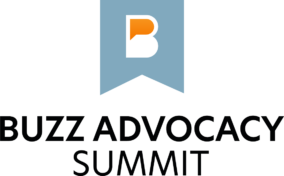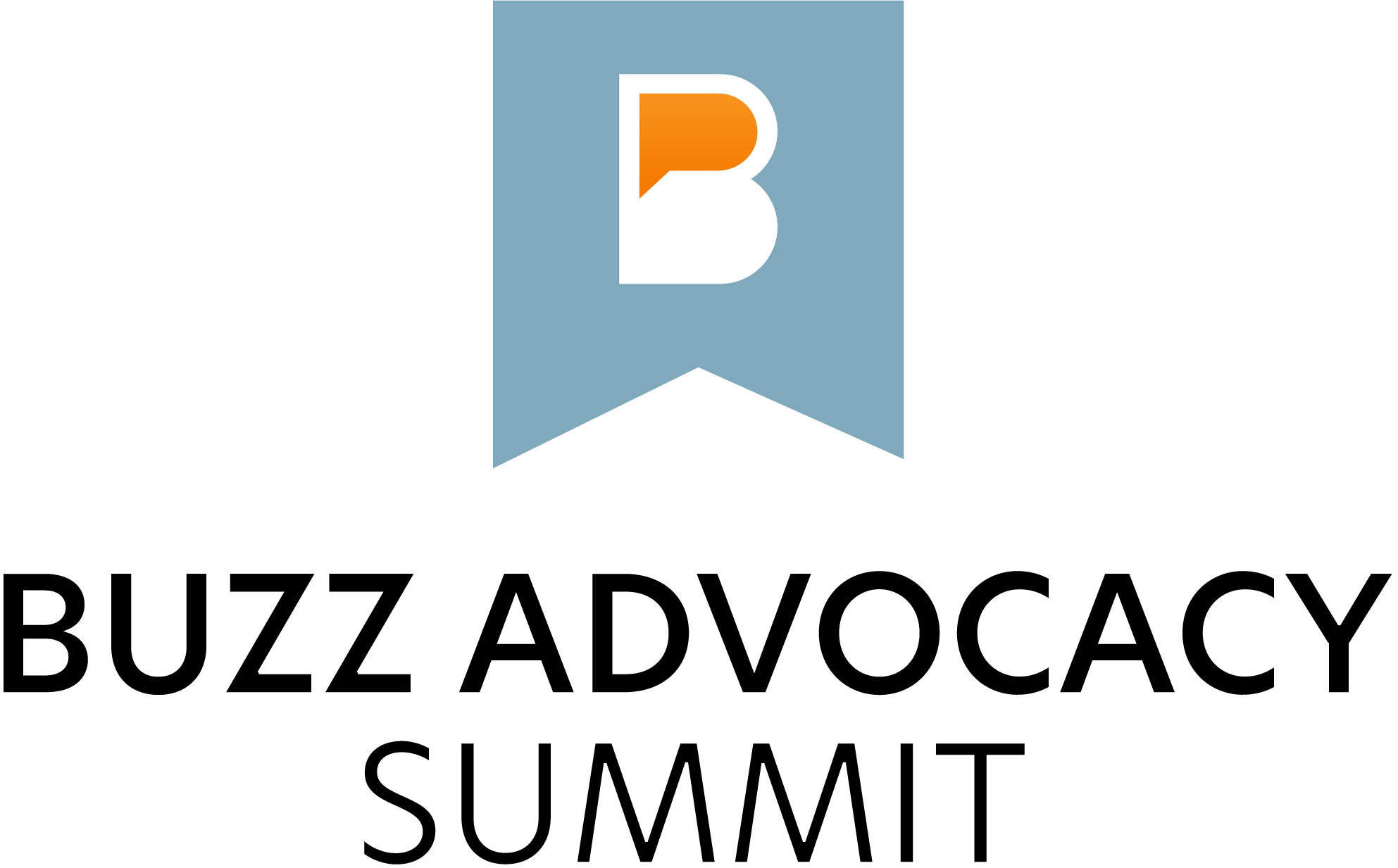
- This event has passed.
Deep Dive Breakout 2: This Session is Quacked: Getting Through a Lame Duck Congress
August 2, 2024 @ 10:15 am - 11:10 am
A lame-duck Congress is your last chance to accomplish your advocacy goals before sine die. How can we navigate a lame-duck Congress with an effective advocacy strategy? What advocates do you tap on when you’re in a time crunch and need to have a large impact? Learn how a crisis management approach helps prioritize capabilities for a condensed time frame.
Speakers:
- Cristina Nurnberger, Kaiser Permanente
- Victoria Van de Vate, National Association of County and City Health Officials
- Christopher Masak, Alzheimer’s Association
Summary:
What is a lame-duck Congress, and how does it change advocacy strategy?
- Traditional definition: any meeting of one or both chambers of Congress that takes place after a November election and before the first day of the new Congress’s term in January.
- Previous actions in a lame duck include: appropriations and CRs, Don’t Ask Don’t Tell bill, OHSHA, etc.
- The term originated in 18th-century Britain and was first used in 1926 under President Coolidge.
- In the new Congress, there will be many incoming Freshmen due to retirement and turnover in Congress.
- CR is expected to get through until after Election Day.
- For Victoria, the COVID-19 supplemental funding is coming to an end and CDC funding is seeing a decrease in appropriations.
- Messaging angle: The downfall of appropriations for CDC and subsequent local entities is unheard of and can be consequential for all.
- For Christopher, the lame duck period can also mean a member’s passing away during their tenure, when a member is retiring at the end of Congress, etc.
- During lame duck, there’s been less party unity and members skipping votes.
- Traditionally, the turnover has not been high. However, with the recent political landscape, the turnover has increased significantly.
- There are a lot of unknowns so organizations should tread carefully.
Strategies for navigating a lame-duck Congress effectively
- Christopher:
- During lame duck, there will be a tonal shift in messaging to specific offices.
- Cross-over day deadline: if a concept hasn’t been introduced yet by this time, an organization shouldn’t try to introduce a new item.
- Try to get new bills and concepts proposed early in the year.
- Make sure to use “thank you” language for Members and meet with their staff who will be in a new office. A thank you email to staff is still great to utilize. The thank you tactic is the easiest tool you can keep on using.
- Don’t forget committee staff in your engagement and thank you message. If you are able, also include district staff as well.
- If you don’t have the budget to send printed thank you, you can send out a free tweet and thank a member for their work.
- Reference of legacy and past support plus recognition for Members who are leaving in messaging.
- Victoria:
- Opportunities for face time with Members and their staff.
- Produce an outlook for the organization’s advocates and ask them to engage during lame-duck sessions.
- Victoria’s team is building a play-to-play handbook and preparing for all scenarios
- Build momentum around controversial and consequential cuts to elevate the urgency of cuts with advocates and tailor the message accordingly.
- Prime your advocates as much as you can but also recognize that an outlook/expectation can shift at any time.
How you can accelerate your advocacy strategy when working against the clock
- Christopher:
- For acceleration, tweak the email messaging cadence from monthly to weekly or send out text messages.
- Also recognize that August can be a slow month for actions. September/October – months of action and advocacy engagement. Look at your organization’s performing analytics to determine what month works best to secure high engagement from advocates.
- Utilize the August District Work period for townhall engagement with members
- Simplify your action alerts and focus on how to get advocates to send messages. Don’t overexplain in your message. Know your audience.
- Victoria:
- Weekly newsletter to advocates with updates on congressional and policy updates. Use this as a way to soft-prime the audience and avoid multiple alerts.
- Also produce a podcast for advocates to tune in.
- Include a panel on how to engage with elected officials during the annual conference to educate members.
- Build familiarity via thought leadership newsletter to advocates.
- Emails and SMS are the top tools to use but be mindful of the cadence.


